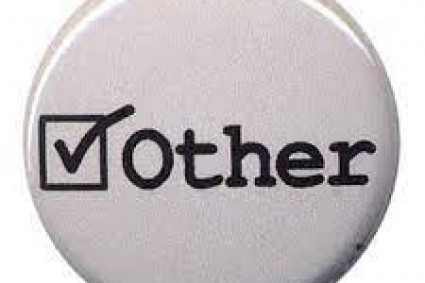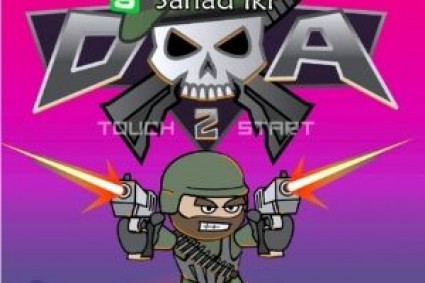
Introduction:
In the field of fashion and private expression, custom patches stand out as a powerful visual language. These small, regularly complex designs convey messages, present an identity and are the basis of creativity. Custom patches are more than just fabric and thread; they can be symbols of individuality, belonging and creative expression.
A Brief History of Custom Patches
The history of Custom Patches goes back centuries. Originally used by naval agencies, rank, unit and achievement quickly became a realistic and symbolic element in uniforms. Over time, their use has proliferated among various organizations, cyclists, scouts, sports teams and style lovers. The evolution of naval insignia into naval symbols underscores their versatility and enduring appeal.
The Visual Language of Custom Patches
Custom patches speak through images, colors and layout. Every detail of a patch can convey precise meanings and evoke emotions. Through this visible language, people and businesses can express their identity, values and affiliations in a unique and tangible way.
Images and Symbols
Custom patches can range from simple icons to complex images. Common symbols consist of animals, skulls, flags and abstract patterns. Each symbol can have a significant meaning. For example, an eagle can represent freedom, electricity, and patriotism, while a skull can represent resurrection or a connection to a particular tradition.
Colors and Their Meanings
Colors play an important role in the visual language of patches. Each color can convey different emotions and messages. Red often symbolizes passion, courage and danger, while blue symbolizes loyalty, peace and tranquility. Mixing the colors of a patch can create a layered message that resonates with the wearer and the viewer.
Text and Fonts
Text in custom patches provides another layer of communication. Whether it’s a motto, name or slogan, positioning phrases can reinforce its message. Font style and size also improve the aesthetics and clarity of the website. A bold, blocky font can convey power and authority, while a modern italic can convey sophistication and beauty.
The Role of Custom Patches in Fashion
Custom patches have become an important part of the international fashion industry. Designers and fashion fanatics use patches to create personalized and flattering clothing. From denim jackets to backpacks, P positions can transform ordinary items into details.
Personal Expression
Custom seats are a way to show one’s personalities, hobbies and ideals. A man or woman can choose patches that reflect their hobbies, favorite bands or personal achievements. This personalization turns costumes and accessories into extensions of identity.
Trends and Styles
Fashion trends often involve different designs. Vintage and retro looks regularly work in places that pay homage to a longer time. Modern streetwear also features patches that exude elegance and individuality in high-end models. The versatility of patches allows them to adapt to unique fashion functions and private styles.
Custom Places as Collective Symbols
Beyond personal expression, Custom Places function as powerful collective symbols. Groups and communities use patches to create a sense of unity and belonging. This collective identification is seen primarily in groups, including the golf equipment of motorcyclists, military units, and social activities.
Cycling Clubs and Fraternities
Cycling clubs are known for marking membership and hierarchy. These venues regularly have many badges that reflect the values, record and camaraderie of the club. The sense of brotherhood of cyclists is visibly strengthened in their common areas.
Social Movements and Activism
Adapted spaces have also become tools for social movements and activism. They allow activists to deliver their messages, raise awareness and show solidarity. For example, patches supporting environmental issues, human rights or political movements can effectively symbolize engagement and advocacy.
The Process of Creating Custom Patches
Creating Custom Patches involves a mixture of art and craft. Modern and traditional strategies integrate to provide amazing patches that satisfy many needs.
Design and Concept
The first step in creating a custom patch is layout. This technique requires conceptualizing the images, colors and text of the piece. Designers work closely with clients to ensure that the final product conforms to their imaginative and prescient purpose.
Embroidery and Fabrication
Once the layout is complete, the production process begins. Embroidery is a famous way to create patches that give durability and a textured look. Advanced embroidery machines can accurately reproduce complex patterns. Other strategies, including woven or printed patches, offer exceptional textures and finishes.
Quality and Details
Attention to detail is critical when creating custom patches. High-quality materials and careful finishing ensure that the patches are long-lasting and visually impressive. Choice of threads, backing materials and finishing strategies add to the overall appeal of the patch.
Conclusion
Custom patches testify to the expressive power of visual language. They allow people and businesses to talk about their identities, share testimonials and connect with others. Whether used for private expression, style or collective symbolism, custom sites continue to be a dynamic and influential form of art and conversation. Embracing the creativity and meaning behind each patch, we admire the rich set of messages they convey to the industry..





